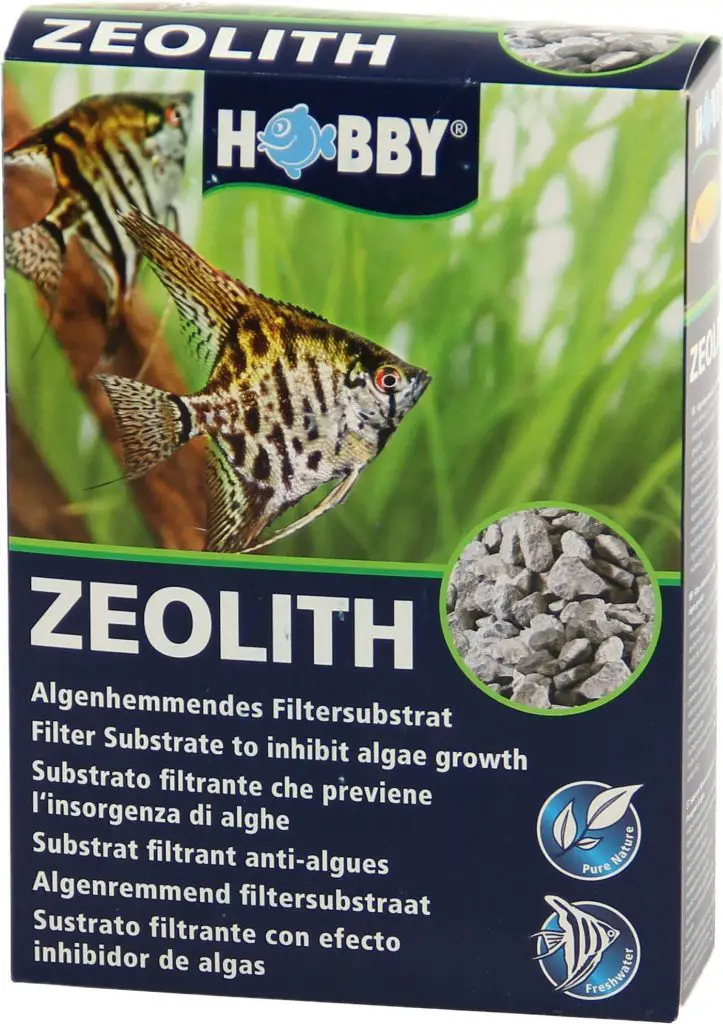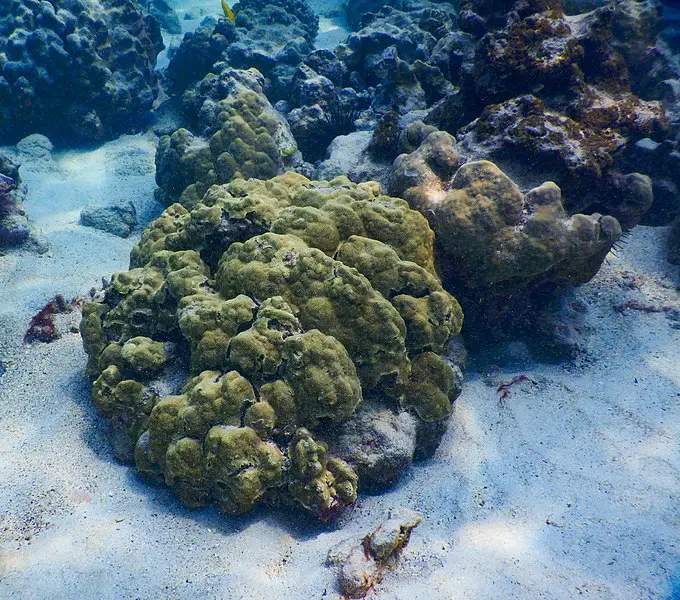Introduction
Are you thinking of adding zeolite to your aquarium? If so, you need to understand how it works, how long it will take, and what its purpose is.
Zeolite usually takes around 24 to 48 hours to completely work in your aquarium, although this can vary depending on the setup. It begins working immediately, and there are options suitable for both saltwater and freshwater aquariums. If you are having problems in your aquarium, this may be the answer you need.
In this article, we’re going to explore what zeolite does, how to use it, and how long it lasts. We will also cover whether zeolite is an effective way of removing nitrates from a tank. This should put you in the best possible position to decide whether this product is right for you.
What Does Zeolite Do In Aquariums?
Zeolite is used to pull certain kinds of chemicals from the water. Zeolites are highly porous structures, and if you add them to your tank, they will help to pull ammonia out of the water. In the aquarium hobby, they usually take the form of small white rocks, and these can be added to the tank when necessary.
A lot of people use zeolite to tackle high levels of ammonia in their fish tanks, since ammonia can be harmful to many different kinds of fish. Zeolite is extremely absorbent, so it tends to be effective, and if you are having problems with the ammonia levels, it’s a great answer.
Zeolite is generally considered superior to both sand filters and activated carbon filters. However, most people don’t recommend using it in a tank that has not yet been cycled, because this stops the nitrifying bacteria from finding enough food, and can increase how long the tank needs to cycle.
Once your tank is established, zeolite is a great additive to use if you are having problems with ammonia. It is considered beneficial for a number of reasons, and it is several times better at absorbing ammonia than many similar products. It also won’t reduce the amount of calcium in a saltwater tank, and it won’t increase the calcium in freshwater.
Can You Leave Zeolite In An Aquarium?
Generally, people remove zeolite from their aquariums, rather than leaving it in. Most zeolite will have stopped working after about a month, or sometimes less, anyway, so it’s a good idea to remove it and either recharge or replace it accordingly.
If you do choose to leave the zeolite in the aquarium, you must make sure you do not add any salt or products containing salt. The salt will cause the zeolite to release all the ammonia it previously absorbed, and this is very likely to cause poisoning among your aquarium inhabitants. An ammonia spike often leads to death.
Of course, this is only the case in freshwater aquariums, where you may not be using salt-based products anyway. You need to buy a different kind of zeolite if you are going to use it in a saltwater aquarium, so be aware of this before you make any purchasing decisions.
It is best to remove the zeolite after it has done its job, and instead use a standard medium that will help to control the ammonia levels. Activated carbon is a popular alternative. Getting rid of the zeolite eliminates any risk that it might release the ammonia again.
How Long Does Zeolite Last In An Aquarium?
This depends on how high the ammonia levels in your aquarium are when you start. If the ammonia levels are really high, there is a risk that the zeolite will be exhausted after just 2 weeks of operation. In an aquarium with lower amounts of ammonia, it may last for up to 2 or 3 months.
You should keep testing for ammonia, and swap to a standard filter once the ammonia levels are low or at 0. You only need zeolite when the levels are very high.
You can recharge freshwater zeolite by combining it with salt. Get a solution that is at least 5 percent salt, and soak the zeolite for around 24 hours. This will encourage it to release the ammonia that it has collected. It can then be spread out on a sheet and left to dry in the sun, or baked for about an hour at 350 degrees F.
A lot of people don’t bother with this, and instead, just buy new zeolite whenever they need it. However, if you’ve got time on your hands, it’s worth doing, as it means you can reuse the zeolite. You may wish to replace it after it has been recharged once to minimize the risk of issues arising, because eventually, it will lose its ability to absorb ammonia.
Does Zeolite Remove Nitrates?
Zeolite does not directly absorb nitrates from the water, but it can have an effect on them. It reduces the ammonia levels, and this in turn reduces both nitrates and nitrites. However, if you have high levels of nitrates in your aquarium, you may need to take other steps, because the zeolite may not work quickly enough.
It’s important to remember that the nitrates will go down as a result of decreased ammonia – but this can take a couple of days. By the time the zeolite has affected the nitrates, the fish in your aquarium may be suffering.
If the nitrates are not seriously concerning, however, you could use zeolite to fix them. You should just be aware that zeolite is not specifically targeting the nitrates, and only affects them because it is removing ammonia. You may need a more specialized solution if the problem is bad.
Conclusion
Zeolite is a great option if your aquarium has had a major ammonia spike and you need to bring down the levels very quickly. It is highly effective and will work within 48 hours, so it may save your fish if the situation is serious. However, it is not recommended for long-term use, and you need to make sure you buy zeolite that is suitable for your aquarium.


